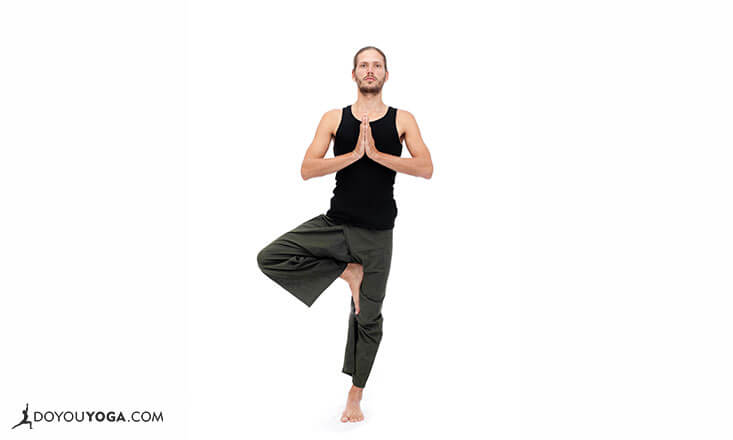Take a few moments to visualize all the clutter in your mind. Notice the size, shape, color, weight, texture, and location of the stress, worry, and clutter. Imagine carrying all of that with you for a minute, an hour, a day, a week, a year, a lifetime or more.
Imagine what limits it places on your ability to grow and reach your goals.
Now take a moment to imagine all the stress, worry, and clutter leaving your mind. Imagine how much space and strength you have to manifest all the things you want. Clearing the mind involves sorting what to keep from what to let go.
While there is no shortcut to the individual and unique process, a clear mind is attainable.
“The longer I have to sit and wait, the clearer my game becomes to me.” – Venus Williams
Benefits of a Clear Mind
A strong and clear mind decreases stress, anxiety, and need for external validation. In addition, a clear mind increases self-awareness, focus, disciple, physical health, emotional stability, memory, and the ability to empathize with others.
So what does this have to do with yoga, you ask? The short and true answer is this: yoga helps strengthen and clear the mind.
Asanas for a Clear Mind
Inverted Asanas and Forward Bends – Inverting the body utilizes gravity to promote increased blood flow and oxygen to the brain, which helps with mental efficiency and subsequently fosters mental clarity.
Balancing Yoga Poses – Balancing challenges the mind and body to remain centered while the internal equilibrium is tested. In order to stay upright and not fall, the mind clears excess clutter to focus on the balancing pose.
Seated Yoga Poses – Seated asanas calm the body and soothe the nervous system. Especially when paired with breath work, these poses decrease fatigue and restore mental clarity.
Pranayama for a Clear Mind
Nadi Shoddana Pranayama – three-part breath control, consists of alternate nostril breathing, can be done seated or lying down, practiced for 10 breath cycles.
Kapalabhati Pranayama – skull-shining breath, cleansing technique, builds heat in the body through a brief inhale (short and passive) followed by pulling the navel toward the spine for a sharp exhale (short and active).
Kapalabhati pranayama is done in a comfortable seat with a strong straight spine, practiced for 15-45 exhales per cycle for 3-4 cycles.
Ujjayi Pranayama – victorious breath, often sounds like an ocean or Darth Vader. Each inhale encourages full expansion of the lungs, and each exhale focuses on constricting the back of the throat while slowly releasing air from both nostrils. This can be practiced throughout asana flows.
10-minute Asana Flow for a Clear Mind
The following ten-step, 10-minute yoga practice includes a slower flow focused on connecting breath with movement. If extremely exhausted, skip to Step 10 and focus on Ujjayi Pranayama for 10 minutes!
1. Set an intention to flow with the breath.
It could be a word or mantra, and just inhale breathe the word/mantra into the body and exhale breathe the word/mantra into the surrounding space to cultivate positive energy for the practice.
2. Sit in a comfortable seated position with the knees lower than the hips.
You can do this with crisscross legs, half lotus, or full lotus. While sitting, notice without changing or judging the first 3-4 breaths, then lift the right hand to the face for 6-7 rounds of Nadi Shoddana Pranayama.
3. Utilize Ujjayi Pranayama for the remainder of practice.
Slowly stand on the left leg and bring the right leg into Tree Pose (Vrksasana) for 5-6 breathes. You can also try closing the eyes to enhance the mental challenge of balancing and staying still.
4. Shift the right leg so the ankle rests lightly on the lower left thigh.
As you do this, sink the hips back into Standing Figure 4 Pose for 5-6 breaths, moving forward flow through option a or b:
- a) bend the supporting left leg to place the hands on the mat and use the triceps as a shelf for the right shin and float into Flying Pigeon Pose (Eka Pada Galavasana) for 3-4 breathes or
- b) shift the right ankle into the crook of the left hip for Half Lotus Tree Pose for 3-4 breathes
5a. (Option A) From Flying Pigeon Pose, keep the arms in Chaturanga position.
Hold this as the head slowly tips down and touches the ground, lift both legs into Headstand (Sirsasana) for 3-4 breaths.
5b. (Option B) From Half Lotus Tree Pose, move into Toe Stand.
From Half-Lotus Tree Pose, start to bend the supporting left leg so the hips rest over the left ankle for Toestand for 3-4 breaths.
6. (Option A) From Headstand to Mountain Pose.
From Headstand, slowly lower the body down to Child’s Pose (Bakasana) and stay there for two long and slow breaths. Then hop or step up into Mountain Pose (Tadasana).
7. (Option B) From Toestand to Mountain Pose.
Slowly stand up from Toestand, uncross the right leg, and stand tall in Mountain Pose (Tadasana); repeat Steps 3-7 on the other side.
8. Move from Mountain to Chair.
Holding Mountain Pose (Tadasana), start to slowly sit into Chair Pose (Utkatasana) and hold this for 2-3 breaths.
9. Move down to Boat Pose.
From Chair Pose, continue sending the hips back and lower the hips to the floor for Boat Pose (Navasana) for 2-3 breaths.
10. Release.
Last but not the least, release the whole body down onto the mat for Savasana.
How do you practice yoga and pranayama when you want to de-stress and de-clutter your mind? Share your ideas with the community below!


